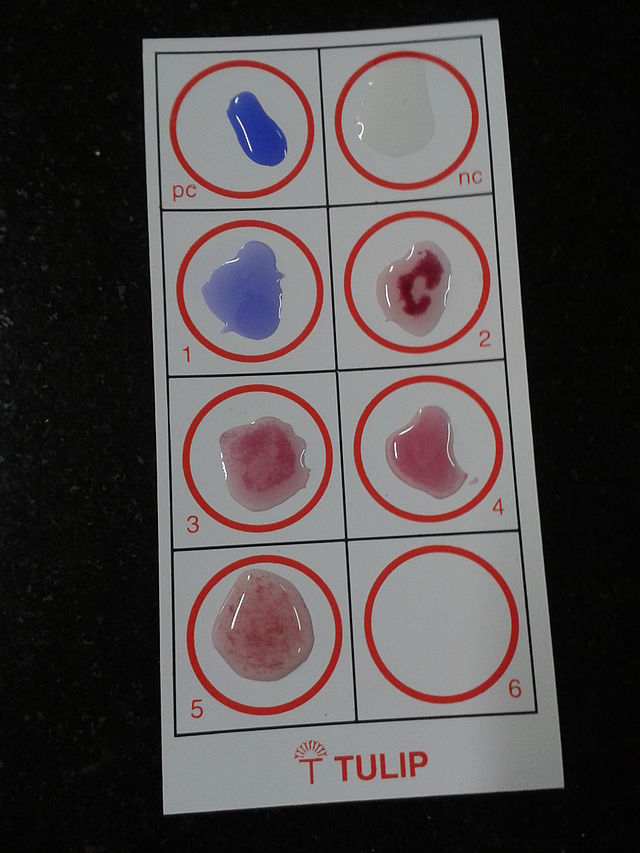The Widal test, once a cornerstone in diagnosing typhoid fever, has fallen out of favor in modern medical practice. Originally developed in the late 19th century, the test detects the presence of antibodies against Salmonella typhi and Salmonella paratyphi in a patient's serum. However, several significant limitations have rendered the Widal test largely obsolete.
Lack of Sensitivity and Specificity
One of the primary issues with the Widal test is its lack of sensitivity and specificity. Sensitivity refers to the test's ability to correctly identify those with the disease, while specificity indicates how well it identifies those without the disease. The Widal test often produces false positives and negatives, leading to misdiagnosis. For instance, individuals vaccinated against typhoid or those previously exposed to the bacteria can have detectable antibody levels, even in the absence of active infection. Conversely, patients in the early stages of typhoid fever may not yet have developed a significant antibody response, resulting in false negatives.
Cross-Reactivity
The Widal test is prone to cross-reactivity with other infections. Antibodies against other bacteria, such as non-typhoidal Salmonella species or other Gram-negative organisms, can react in the Widal test, further reducing its accuracy. This cross-reactivity complicates the interpretation of results, making it difficult to confidently diagnose typhoid fever based solely on this test.
Variability and Standardization Issues
Another critical drawback is the variability in test results due to differences in antigen preparations, laboratory techniques, and interpretation criteria. This lack of standardization means that results can vary significantly between laboratories, undermining the test's reliability. The interpretation of results often requires comparing acute and convalescent serum samples, which is not always feasible in resource-limited settings.
Availability of Better Diagnostic Methods
The advent of more accurate and reliable diagnostic methods has significantly diminished the utility of the Widal test. Blood cultures remain the gold standard for diagnosing typhoid fever, offering high specificity and the added benefit of identifying antibiotic sensitivities. Additionally, polymerase chain reaction (PCR) and enzyme-linked immunosorbent assay (ELISA) tests provide rapid and precise results, further reducing the need for the Widal test.
Conclusion
In conclusion, the Widal test's lack of accuracy, susceptibility to cross-reactivity, and variability in results have led to its decline in use. Modern diagnostic techniques offer superior sensitivity, specificity, and reliability, making them the preferred choice in diagnosing typhoid fever. As medical technology continues to advance, the Widal test's place in clinical practice will likely continue to diminish, underscoring the importance of adopting more precise and dependable diagnostic methods.
